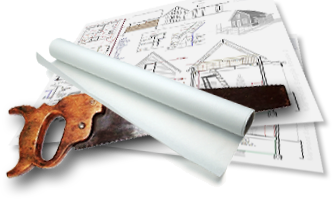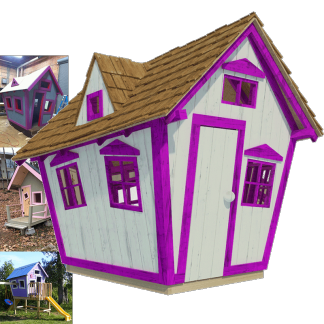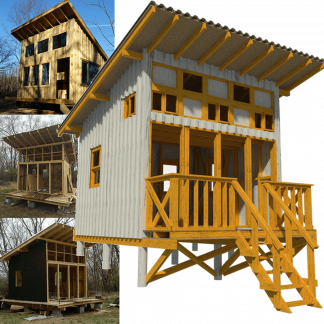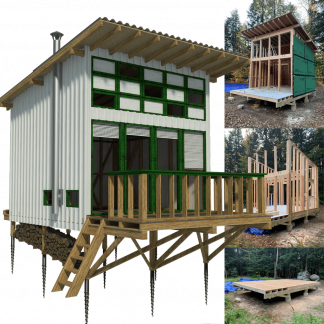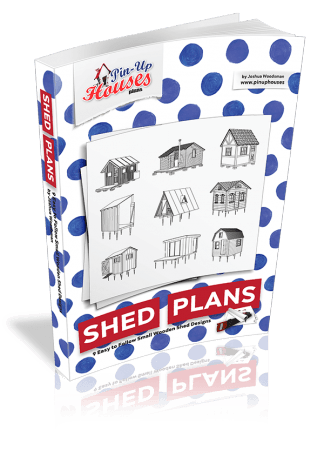Your outdoor space holds incredible potential. But before you can transform it into the retreat you’ve been dreaming about, there’s some groundwork to tackle. The cleanup phase isn’t just about making things look tidy—it’s about setting yourself up for success when the real work begins. Most homeowners who skip this step end up paying for it later, whether that means delays, unexpected costs, or having to work with an excavation contractor to fix problems that could’ve been prevented from the start.
Think of pre-remodeling cleanup as detective work meets hard labor. You’re uncovering what’s really going on with your property while clearing the deck for what’s coming next.
Why Proper Yard Preparation Makes All the Difference
The state of your outdoor area before renovation begins directly impacts everything that follows. Hidden debris can damage equipment, old structures might contain materials you didn’t know were there, and overgrown vegetation can hide drainage issues or foundation problems. When you search for a backyard remodel near me, contractors will tell you that half their job gets easier when they arrive at a properly prepared site.
Starting with a clean slate gives you clarity. You’ll spot problems early, make better design decisions, and probably save money in the process.
Assessing What You’re Working With
Walk your entire property with a critical eye. Note everything—the good, the bad, and the confusing. Grab a notebook or use your phone to document what you find. This isn’t the time for optimism about that “maybe fixable” fence or the shed that’s “just a little crooked.”
Here’s what deserves your attention:
- Existing structures and their condition
- Trees, bushes, and plant beds you want to keep versus those that need to go
- Visible drainage patterns, especially after rain
- Underground utility locations (call before you dig)
- Soil conditions and obvious grading issues
- Debris, junk, or materials left from previous projects
Removing Unwanted Structures and Debris
Old sheds, decrepit play equipment, broken fencing—these need to go before anything else happens. Depending on the size and condition, you might tackle some demolition yourself or bring in professionals. For larger structures, booking a shed removal service makes sense because they handle both the teardown and disposal, which is trickier than most people realize.
Don’t forget about what’s buried. Old concrete footings, forgotten utility lines, or that random pile of bricks someone buried twenty years ago can all cause headaches later. Metal detectors and careful digging in suspicious spots can reveal surprises before heavy equipment shows up.
Vegetation Management and Land Clearing
Plants are living obstacles with root systems that don’t care about your renovation timeline. Start by identifying what stays and what goes. Mark keepers clearly so nobody accidentally removes your favorite rose bush. For everything else, removal method matters.
Small plants and bushes you can handle yourself:
- Dig around the root ball completely before pulling
- Cut larger shrubs down first, then deal with roots
- Dispose of yard waste properly (many areas have specific rules)
- Watch for poison ivy, oak, or other irritating plants
- Consider chipper rental for substantial branches
Large trees require professional assessment. Their roots extend far beyond the drip line and can interfere with foundations, utilities, or your new patio placement. Even trees you’re keeping might need trimming or crown reduction to protect them during construction and prevent damage to equipment.
Dealing With the Ground Itself
Your soil tells a story. Compacted dirt from years of foot traffic, poor drainage creating swampy spots, or erosion washing away topsoil—these issues won’t fix themselves. Before any remodeling work starts, address ground-level problems that affect everything built on top.
Grading corrections prevent water from pooling near your house or future structures. You might need to bring in fill dirt, level high spots, or create proper slopes for drainage. This is physical work that shows immediate results and prevents expensive water damage down the road.
Testing soil quality helps if you’re planning gardens or lawns. Simple home tests reveal pH levels and nutrient deficiencies. Sometimes the ground just needs amendment; other times, you’re looking at bringing in better topsoil entirely.
Utility and Drainage Considerations
Nothing kills a renovation project faster than a severed utility line. Before any digging happens, contact your local utility marking service. They’ll flag underground electric, gas, water, and communication lines—for free. This is non-negotiable, legally and practically.
Drainage patterns need attention now, not after your new patio becomes a swimming pool. Watch how water moves during rain:
- Does it pool in certain spots?
- Is it flowing toward your house foundation?
- Are there existing French drains or drainage systems?
- Do downspouts need extension or redirection?
- Is the current grading actually working?
Fix drainage problems before they become structural problems. Adding drainage solutions during the cleanup phase costs less than retrofitting them later through finished landscapes.
Final Preparation Steps
Once major clearing is done, you’re almost ready for construction. But a few finishing touches make the transition smoother. Clear pathways for equipment access—those excavators and delivery trucks need room to maneuver. Establish staging areas where materials can be dropped and stored without becoming obstacles or safety hazards.
Protect what you’re keeping. Wrap tree trunks near work zones, fence off areas that shouldn’t be disturbed, and photograph everything. These photos become evidence if disputes arise about pre-existing conditions or accidental damage.
Communicate with neighbors before chaos begins. Heavy equipment is loud, work starts early, and dust happens. A heads-up preserves relationships and might even score you some helpful insights about property lines or buried utilities they’ve encountered.
Setting Yourself Up for Success
A thoroughly cleaned and prepped backyard isn’t just about aesthetics. It’s about creating safe working conditions, preventing delays, reducing costs, and giving yourself the best possible foundation for the transformation ahead. The time you invest now pays dividends throughout the entire renovation process. Your future self, standing in a beautifully remodeled outdoor space, will thank you for not cutting corners during the cleanup phase.

